



If the World Meteorological Organization's (WMO) deafening alarms from its annual assessment about melting glaciers and receding ice sheets are not enough to rouse us out of the slumber of climate inaction, a global Titanic climatic catastrophe lurks in the icy crevices. The world may be trading 1.5°C for 2°C as the upper limit of global warming, but there is a place on earth that absolutely can not afford this increase. A 2°C warming above pre-industrial levels is too high for the cryosphere and would lead to the disappearance of ‘all tropical glaciers, most mid-latitude glaciers and polar regions’, according to the latest State of the Cryosphere report. For long, we have thought of the climate crisis as a ‘Polar bear problem’ out there — but what is happening in these cold, icy regions will have implications for all.
The WMO’s latest report has sounded a 'red alert' for the planet, with the revelation that greenhouse gas emissions have broken and smashed records regarding surface temperatures, ocean heat and acidification, sea level rise, Antarctic sea ice cover, and glacier retreat. Besides directly warming the earth, a glaring side-effect is the erosion of our frozen frontlines like the Arctic, a critical part of the Earth's cryosphere. In fact, the Arctic is warming nearly four times faster than the rest of the planet, and its permafrost holds more than 1,700 billion metric tonnes of frozen and thawing carbon. The once remote and forgotten frontier, now emerges like a canary in a coal mine for climate change and its far-reaching impacts.
What is the cryosphere?
Portions of the Earth where water exists in a frozen state make up the ‘cryosphere’ (originating from the Greek word “kryo”, which means cold). Ice sheets, ice shelves, glaciers, snow cover, permafrost, sea ice, and river and lake ice make up the ‘sphere’. From the frozen soil in Alaska to the snowy expanse atop the Himalayas and all the ice across polar regions, all comes under the cryosphere.
By reflecting a significant portion of the Sun's radiation back into space (a phenomenon known as ‘albedo’), the cryosphere helps keep the planet's temperature regulated. These icy Brobdingnagian repositories of freshwater act as nature's storage units, holding vast quantities of water away from the oceans. As these icy behemoths slowly melt, they release freshwater into the seas, impacting sea levels and freshwater availability for ecosystems and human communities. Moreover, the seasonal freezing and thawing of lake and river ice offers crucial insights into the changing tapestry of our climate by acting as thermometers of nature, signalling shifts in seasons and temperatures over decades. It provides scientists with invaluable data on local and regional climate trends.
However, this critical barometer of the planet’s well-being is facing its own peril. If we don’t limit the rise in temperature to 1.5°C instead of 2°C, a report has found that the Himalayas will lose 50 per cent of its ice, the Arctic Ocean may become ice-free in the summers by 2050, and Antarctica will face potential complete summer sea ice loss. Scientists are also warning that, by 2026, some of the world’s few remaining tropical glaciers, such as the Eternity Glaciers in Indonesia, could completely melt. In India, for example, the Parachik glacier in Zanskar, a key water source for Ladakh's Kargil district, is retreating at an accelerated rate.
Retreating glaciers threaten not only water supply but also make the region more disaster-prone. Our ability to address these challenges then not only hinges on reducing global emissions but also in gathering sufficient climate data for a deeper understanding of the changing landscapes in these polar regions.
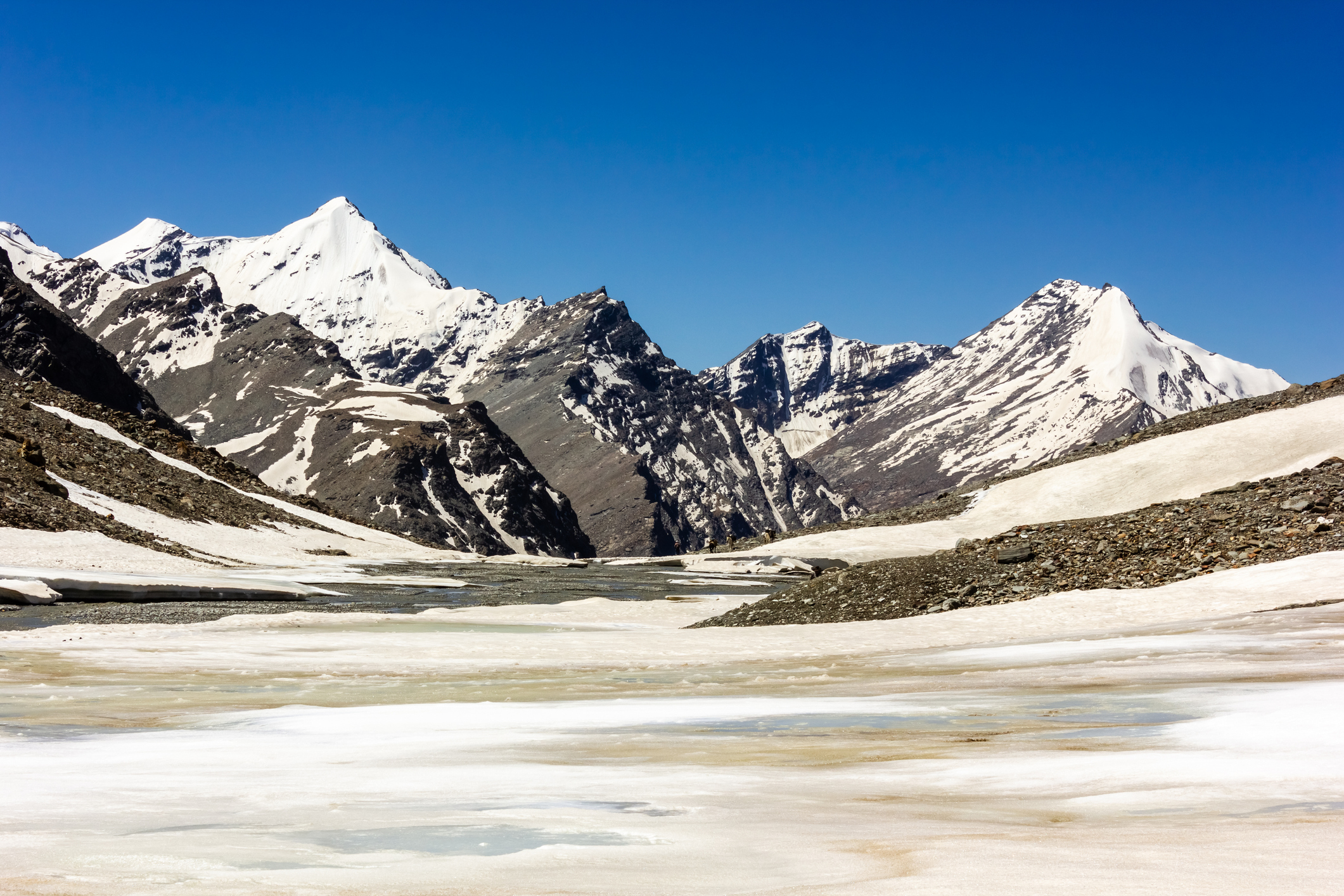
A frozen lake near the high altitude pass of Shingo La in Zanskar
Geopolitics compromises research
Our ability to accurately predict ice loss and its connected repercussions relies on glaciological expertise, coordinated research efforts, and effective dissemination of knowledge to decision-makers—areas where significant progress is still lacking. Exacerbating this knowledge gap is turbulent geopolitics — specifically Russia’s invasion of Ukraine, which has been continuing for over two years. Russia accounts for almost half of the land in the Arctic. But ever since it invaded Ukraine, collateral damage of this conflict (aside from the suspension of economic contribution to Arctic research) has been the loss of vital data from Russian Arctic research stations. This was due to global collaborations with Russian scientists coming to a standstill and Russian field stations becoming inaccessible.
As a consequence, our comprehensive understanding of climate change in the region has been compromised, complicating efforts to design effective mitigation strategies and also raising concerns about potential links between disease outbreaks and climate change. Scientists have highlighted that the thawing of permafrost, aside from releasing methane and carbon dioxide, can unleash ancient viruses, some dating back as far as 48,500 years. The potential release of these pathogens—bacterial, fungal, and viral—brings about uncertainties regarding their impact on humans, animals, or plants once exposed.
Public health being linked to climate change is just one crucial facet of the broader impacts of climate change on our frozen frontiers. An analysis has found that rising sea levels threatens coastal cities such as Mumbai, Kochi, Mangalore, Chennai, Vishakhapatnam, and Thiruvananthapuram by 2050. Glaciers in Nepal and Bhutan could lose 75 per cent of their ice if global warming exceeds 3°C. Despite the global interconnectedness of cryosphere loss for every nation on this planet, crucial discussions on the impact of climate change on Earth’s frozen parts did not gain much traction at COP28 last year in Dubai. In spite of a plea by cryosphere scientists to set a stringent 1.5°C upper limit, nations failed to take decisive action on this.
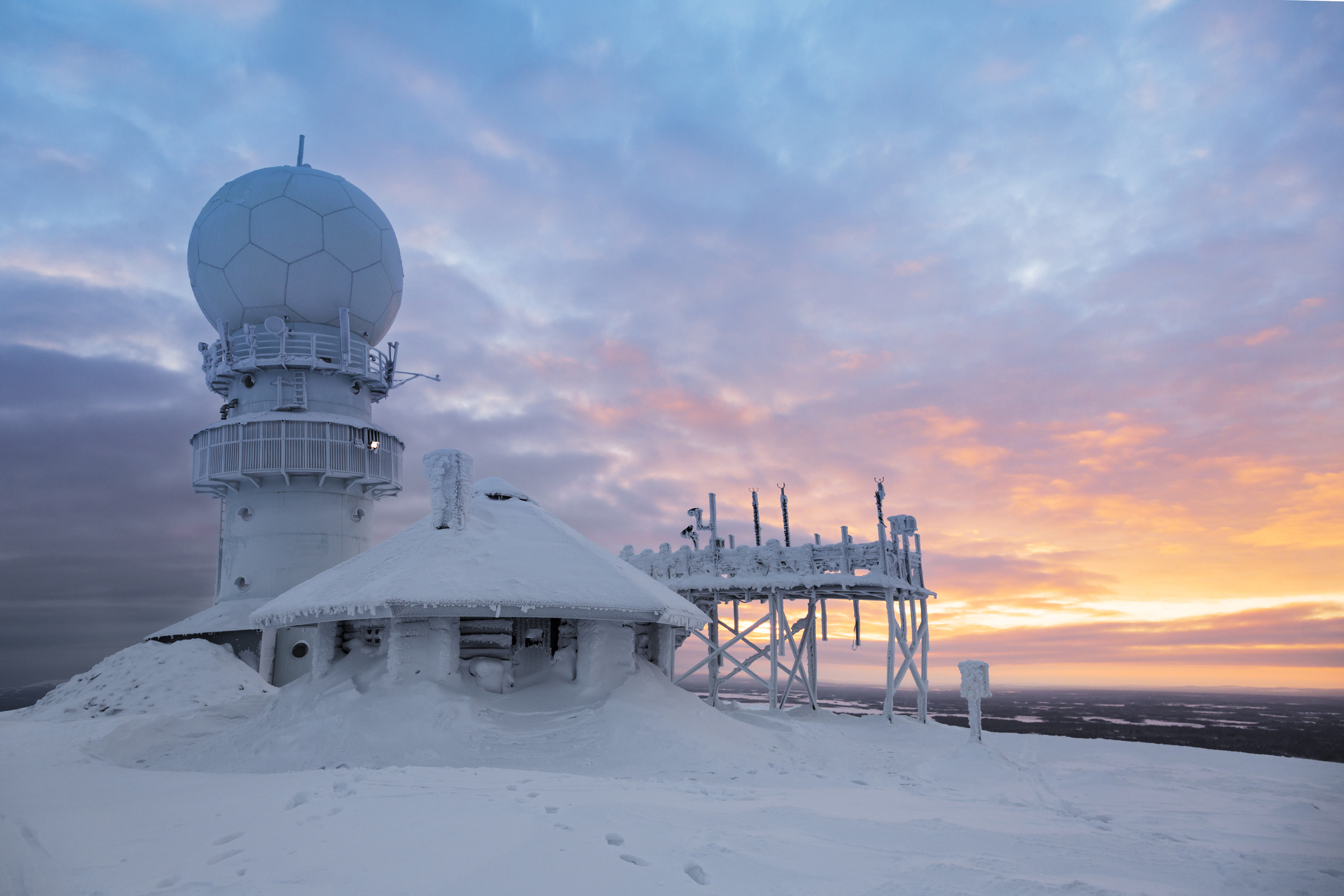
Representational image | A weather station in Luosto, Finland
India’s efforts in the cryosphere
Amid the challenges of compromised global cooperation in polar research, India's maiden winter scientific Arctic expedition emerges as a beacon of hope. Artic research faces the brunt of Russia's geopolitical ambitions. India’s initiative will enable its researchers to conduct unique scientific observations during polar nights, where there is no sunlight for nearly 24 hours and sub-zero temperatures (as low as -15°C). The expedition will deepen our understanding of the Arctic, shedding light on critical aspects such as climate change, space weather, sea-ice dynamics, ocean circulation, ecosystem adaptations, and their far-reaching impacts on weather patterns, including monsoons.
Additionally, ISRO, in collaboration with NASA, will launch a joint satellite mission called ‘NISAR’, designed to delve into the nuanced dynamics of Earth’s natural processes. A large part of this will be studying the cryosphere, providing invaluable insights into its changes and impacts. These initiatives from India come at a time when the cryosphere is calling for help, and its preservation requires concerted efforts along with forward-thinking policies. The WMO has rung the siren bells, indicating that 2024 could be even hotter due to the expected impact of El Niño after its peak. The time to turn our attention to the Earth's icy sentinels is now.
Ushashi Datta is a Global South Fellow with the Council on Energy, Environment and Water (CEEW). Send comments to [email protected]



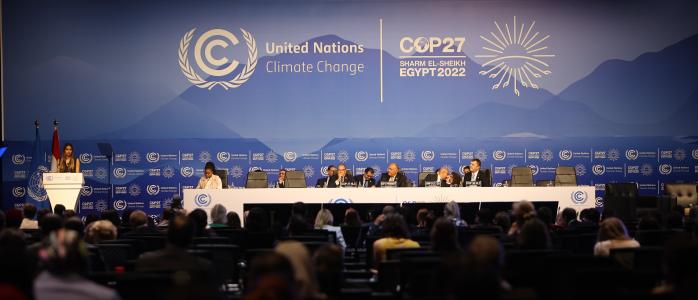
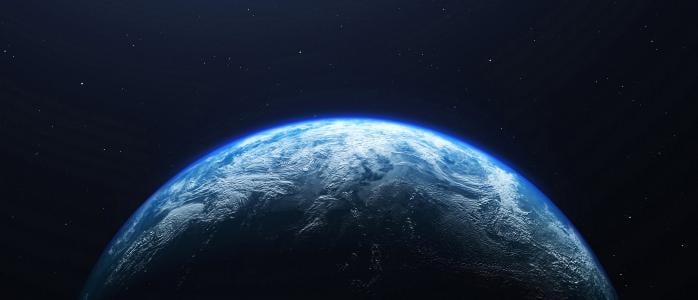
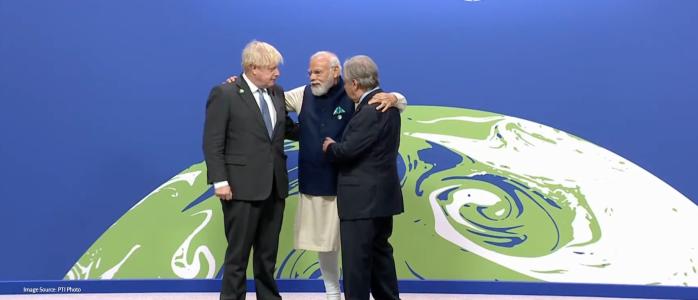
Add new comment